Click below to listen to my 2 min. Garden Bite radio show/podcast: JB is back – darn it
Audio PlayerLast year I spread grub control on my lawn to help with Japanese Beetles. I was feeling really good about it having not seen any Japanese beetles until I found them on my native leadplant.

Dang… while I DO believe, at least so far, that the grub control applied last year in late August. There have been none on the ‘Music Box’ rose which was loaded with them last year.
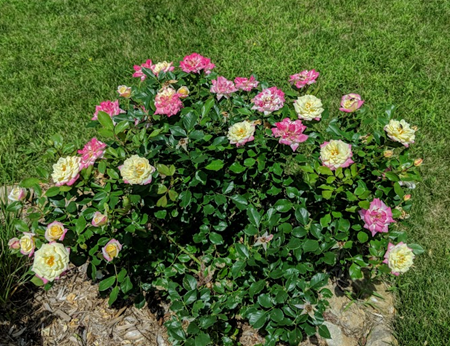
I found today (July 10th) my poor ‘Firebird’ crabapple had started to become skeletonized by the Japanese Beetles. It lives just a quick jump from my Leadplant.
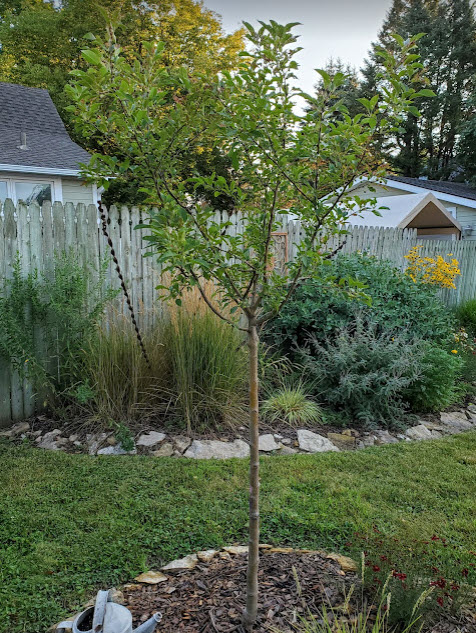

Japanese beetles feed on the leaves, flowers or fruit of more than 350 species of plants.
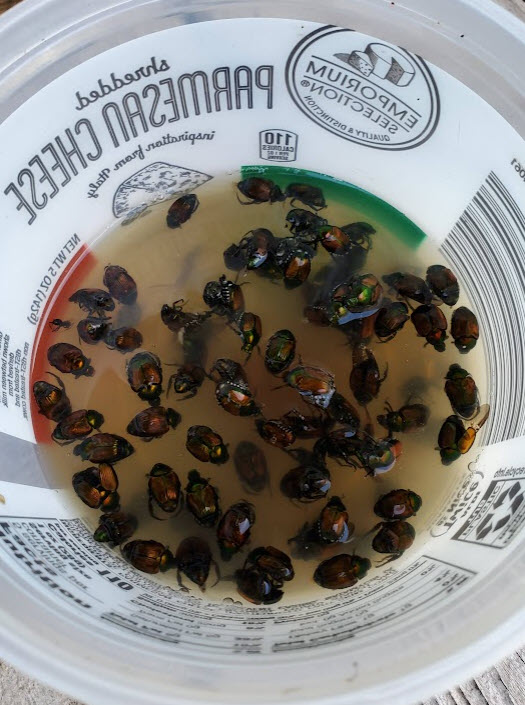
Great! These beetles were first discovered in Minnesota in 1968 and before that in parts of Wisconsin. From a few to millions, they have stuck around in zones 4 and warmer.
The adults feed on flowers and foliage, the grubs feed on turf and ornamental roots.
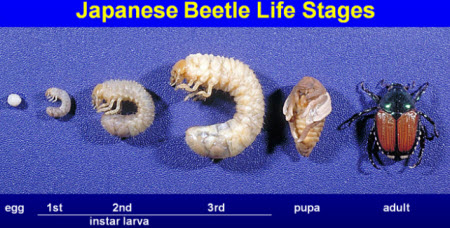
Japanese beetles were first found in the United States in 1916, after being accidentally introduced into New Jersey. Until that time, this insect was known to occur only in Japan where it is not a major pest.
While I make my evening stroll with soapy water, if I were to be gone for a few days, my plants could be skeletonized. I am also using Bonide Japanese Beetle Killer on my Crabapple because I can’t reach up that far! The “and more” in the listing of insects it kills implies that it kills good bugs too. FYI.
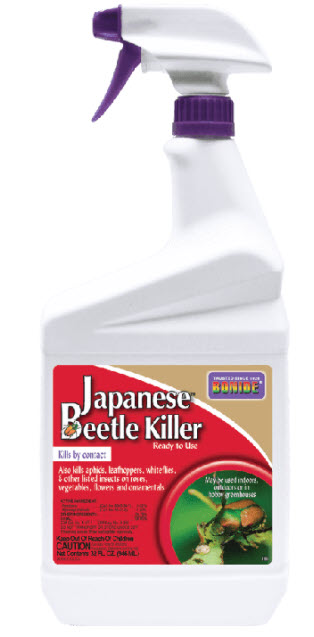
Note, chemical methods also kill good bugs. However, I share those options with more from the University of Minnesota, regarding the application of insecticides for grubs. Granular applied insecticides distributed on soil with a spreader are generally the best way to combat the beast. The best time to apply insecticides for grubs is from mid-July until early September.
Granular applied insecticides distributed on soil with a spreader are usually the best insecticides for JB. NOTE: these do take time. I will apply it again.
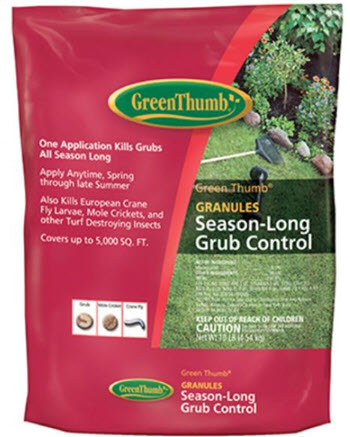
This is a link of a Garden Bite I did last year regarding the Winsome Fly. While still hopeful, they aren’t working fast enough!
